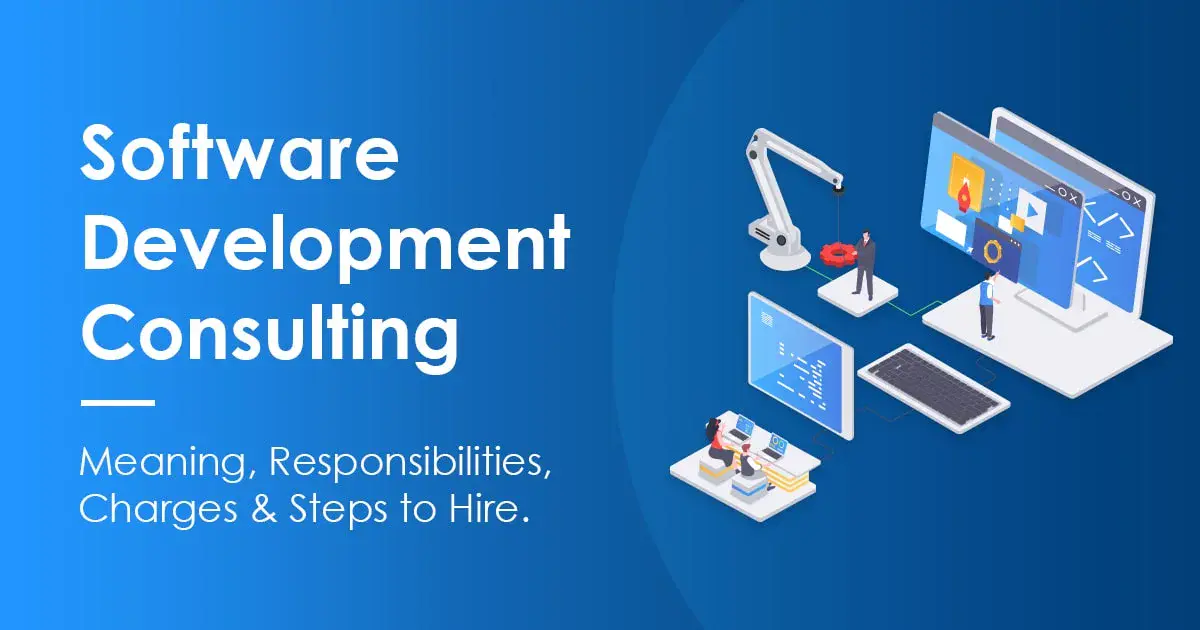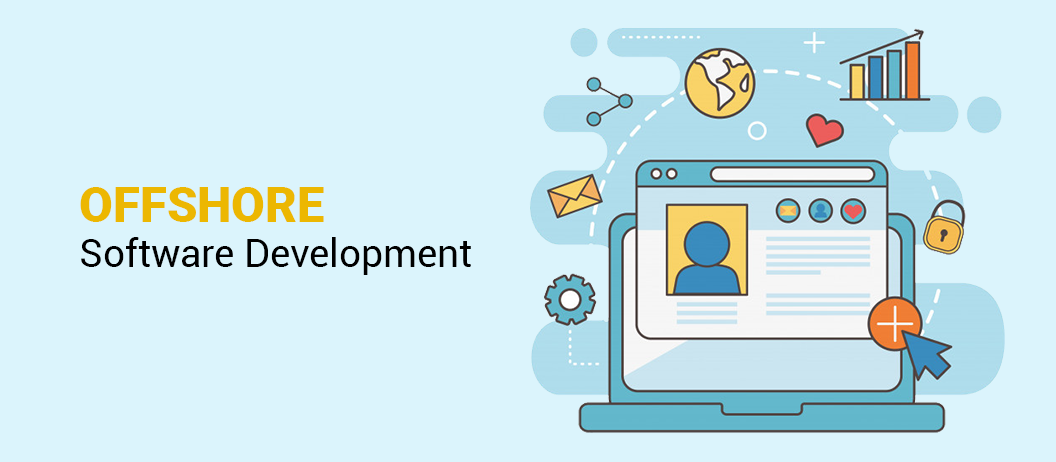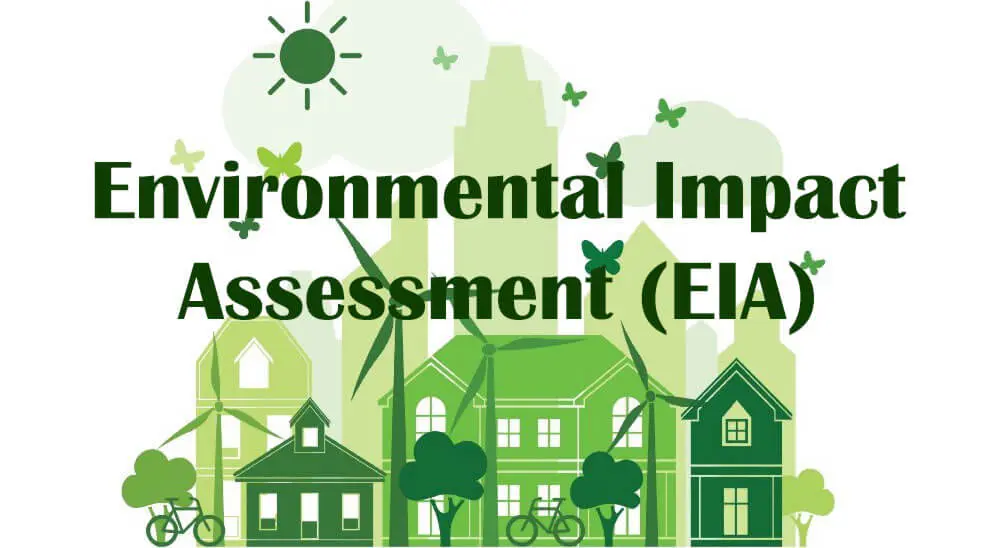How to Build an Effective Employee Development Program in Your Company
Building an effective employee development program is crucial for fostering a motivated and skilled workforce. An employee development program not only enhances individual performance but also drives overall company success by increasing job satisfaction, productivity, and retention. By investing in your employees' growth, you ensure that your business remains competitive and that employees feel valued and empowered. In this article, we’ll guide you through the key steps to create a successful employee development program tailored to your company's needs. 🌟
1. Understand Your Company’s Goals and Employee Needs 🎯
Before developing an employee program, it's essential to understand both your company’s goals and your employees' needs. Aligning the program with business objectives ensures that it contributes to the organization’s long-term success. Survey your employees to understand their career aspirations, skill gaps, and preferred learning methods. This step lays the foundation for a program that truly benefits both the organization and its workforce.
2. Define Clear Learning and Development Goals 📚
A successful employee development program must have clear learning and development goals that are measurable and aligned with the company’s strategic goals. For example, if your business is focusing on improving customer service, a relevant goal might be to enhance employees’ communication and problem-solving skills. Setting specific, achievable, and time-bound goals helps employees understand their growth path and motivates them to take ownership of their development.
3. Offer a Variety of Training Opportunities 🎓
To create a well-rounded development program, provide a variety of training opportunities that cater to different learning styles. This could include in-person workshops, online courses, mentorship programs, or on-the-job training. Incorporating both technical and soft skills development ensures that employees improve not just their job-specific skills but also their leadership and interpersonal skills. Diversified training options keep employees engaged and offer flexibility.
4. Promote a Culture of Continuous Learning 🔄
Encourage employees to view learning as a continuous process, not just something that happens during onboarding or annual training sessions. Creating a culture where ongoing learning is encouraged and celebrated helps employees develop both personally and professionally. Encourage employees to pursue certifications, attend conferences, or engage in self-directed learning. Recognize and reward those who actively pursue new skills and knowledge.
5. Implement Mentorship and Coaching Programs 🤝
Mentorship and coaching are integral to a successful development program. Pairing employees with more experienced mentors can offer them personalized guidance, career advice, and practical insights. Coaching programs can also help individuals refine their leadership skills and overcome challenges in their professional journey. A structured mentorship system fosters stronger relationships within teams and supports employee growth through one-on-one feedback and guidance.
6. Provide Regular Feedback and Recognition 🏆
Feedback is essential for employee development, as it helps individuals understand where they excel and where they need to improve. Implement regular performance reviews to assess progress towards development goals and provide constructive feedback. Recognizing achievements, whether through public acknowledgment or rewards, motivates employees to continue developing their skills. A culture of positive reinforcement boosts morale and encourages employees to strive for continuous improvement.
7. Measure the Success of the Program 📊
It’s important to measure the success of your employee development program to ensure it is effective and adding value. Use key performance indicators (KPIs) such as employee engagement, retention rates, skill improvement, and productivity levels to evaluate the program’s impact. Regular assessments allow you to identify areas for improvement and adjust the program as needed to better align with the company’s goals.
| Step | Action | Key Benefit |
|---|---|---|
| 1 | Understand company goals & employee needs | Ensures program aligns with business objectives |
| 2 | Define clear learning & development goals | Provides direction and motivation for employees |
| 3 | Offer a variety of training opportunities | Keeps employees engaged and caters to different learning styles |
| 4 | Promote a culture of continuous learning | Encourages lifelong learning and ongoing professional growth |
| 5 | Implement mentorship & coaching programs | Provides personalized guidance and skill development |
| 6 | Provide regular feedback & recognition | Enhances performance and boosts employee morale |
| 7 | Measure the success of the program | Ensures effectiveness and identifies areas for improvement |
8. Tailor the Program for Different Career Stages 🎯
An effective development program should cater to employees at various stages of their career. Entry-level employees may need more foundational training and career coaching, while senior employees might benefit from leadership development and strategic planning workshops. Tailoring the program based on career stage helps employees get the most relevant and impactful support.
9. Foster Cross-Departmental Collaboration 🤝
Encourage employees to collaborate across departments, as this helps develop a broader skill set and enhances organizational knowledge. Cross-departmental projects allow employees to learn from different perspectives, gain new skills, and contribute to the company’s overall success. Encouraging this kind of collaboration boosts innovation and strengthens team dynamics across the organization.
10. Ensure Flexibility and Adaptability 🔄
Lastly, an employee development program should be adaptable to the changing needs of your workforce and business environment. With the rapid pace of technological advancement, employees must be able to continuously upgrade their skills. By offering flexible training options, such as online courses, or adjusting the program to meet new challenges, you can ensure that your development initiatives remain relevant and effective.
Building an effective employee development program in 2025 is not only about improving individual skills but also about creating a thriving organizational culture where learning, growth, and innovation are at the forefront. By investing in your employees’ growth, you pave the way for long-term success and create a workplace that attracts and retains top talent. 🌟
Explore

Online Colleges for Early Childhood Education: Advancing Your Career in Child Development

Software Development Consulting Services: A Strategic Asset for Digital Transformation

Top Benefits of Offshore Software Development: Why More Companies Are Choosing It

The Importance of Environmental Impact Assessment in Sustainable Development
